How Cool Roofing Can Lead to Some Super Cool Rewards
Cool Roofing Can Lead to a Bigger Bottom Line
A cool roof is an umbrella term for any kind of roofing membrane which uses various technologies to limit the absorption of sunlight. Cool roofs earn their name because they’re designed to deflect the heat of the sun’s rays away from the building instead of being absorbed by the roof and passed into the interior of the building.
Cool roofs are not some nifty, roofing gizmo that will be phased out by a new approach in a year or two. They are here to stay. In fact, more than 50% of roofing systems installed on flat or low slope roofs are cool roofing systems. Cool roofs have managed to secure over half of the market because they really do make a big impact
In a 2001 rooftop study, surveyors measured rooftop temperatures in Dallas, Texas. Roofs with a traditional surface measured 168 °F while roofs with cool technology measured 126°F. In this study, cool roofs had a 33% lower temperature than their scorching, traditional counterparts.
In many cases, the cost of installing a cool roof is very comparable to the cost of installing a roof constructed from typical materials. With nearly identical costs, businesses are able to realize substantial savings right off the bat. Money saved through energy-efficient roofing allows business owners to reinvest in their business.
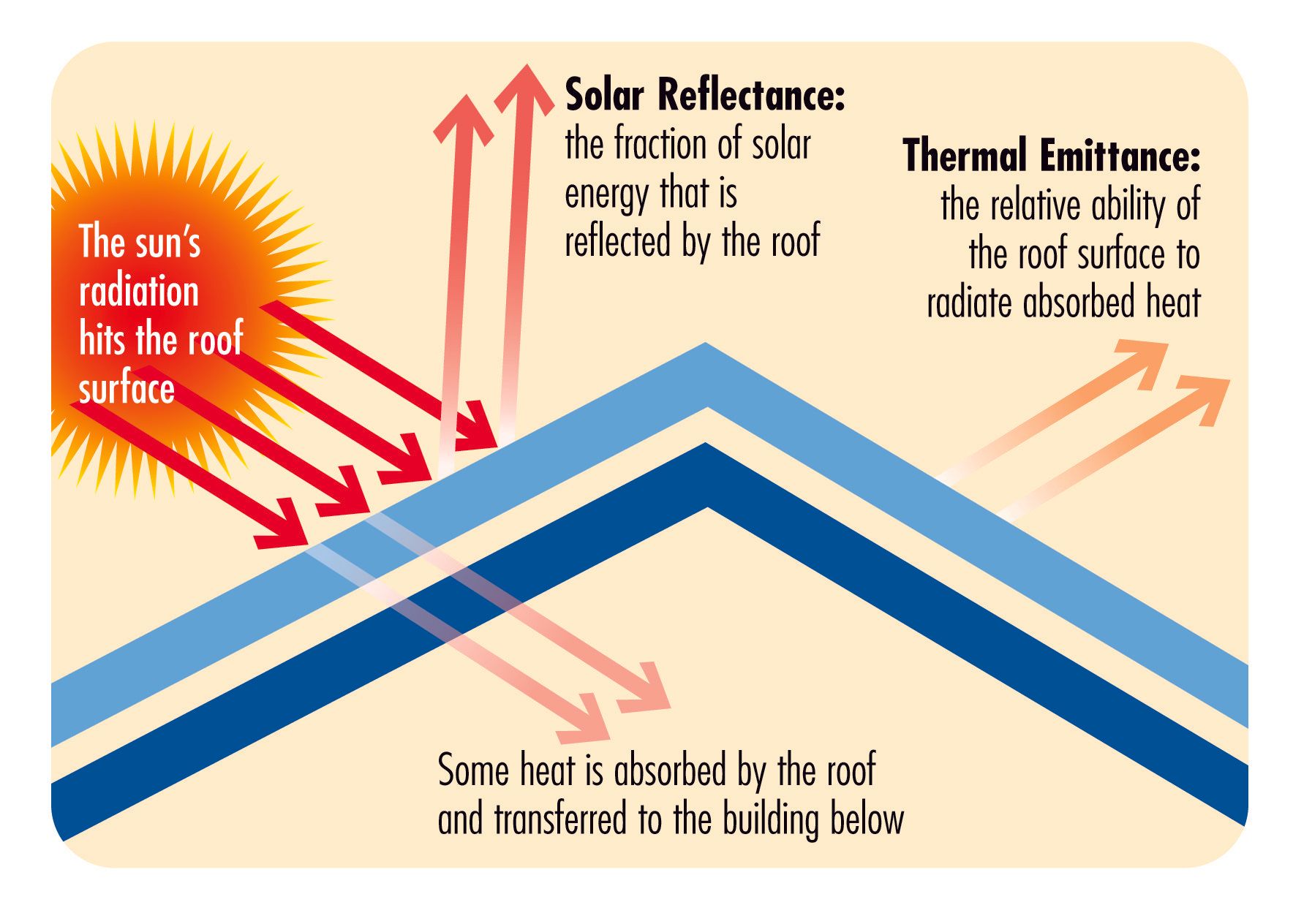
PACE Can Be a Big Help for Small Businesses
The PACE program can potentially be extraordinarily beneficial to business owners looking to make energy-efficient improvements to their property. PACE is an acronym for “property assessed clean energy”. C-PACE is the commercial arm of the program.
The PACE program allows property owners to finance the addition of almost any energy-efficient building improvement through a property assessment.
The program is clearly designed to empower small business owners. Property owners won’t have to worry about going on the hunt for multiple forms of financing. 100% of the funding needed for the approved energy-efficient addition will be financed. Unlike most traditional financing options, the PACE program gives property owners a tremendous advantage of being able to work out their own financing terms. They can select time frames and interest rates that work best for their organization and future goals.
Property owners have the prerogative to take up to 20 years to pay back the financing for their projects. Building owners enjoy another pair of perks that help to sweeten the deal: they are able to pass the financing along to the next building owner if the building is ever sold. The increase in assessed property value can also be passed on to tenants giving business owners another opportunity to offset the cost of their energy-efficient improvements.
In the majority of cases, property owners are able to substantially boost their bottom line. The energy savings from the improvements far surpass the cost of financing the new addition.
We Will Help You Make Sure Everything Is Cool with Your Roof
Any time you invest in your roof it’s a big decision. Few things are worse than making a decision on bad information and then having to correct it down the road.
Our roofing pros are experts in the field with years of experience. They can help you make the right decision whether you need to know if you should replace or repair your roof or if you are unsure if cool roofing is a good fit for your business.
Contact us today to ease your roofing woes!
Email Us
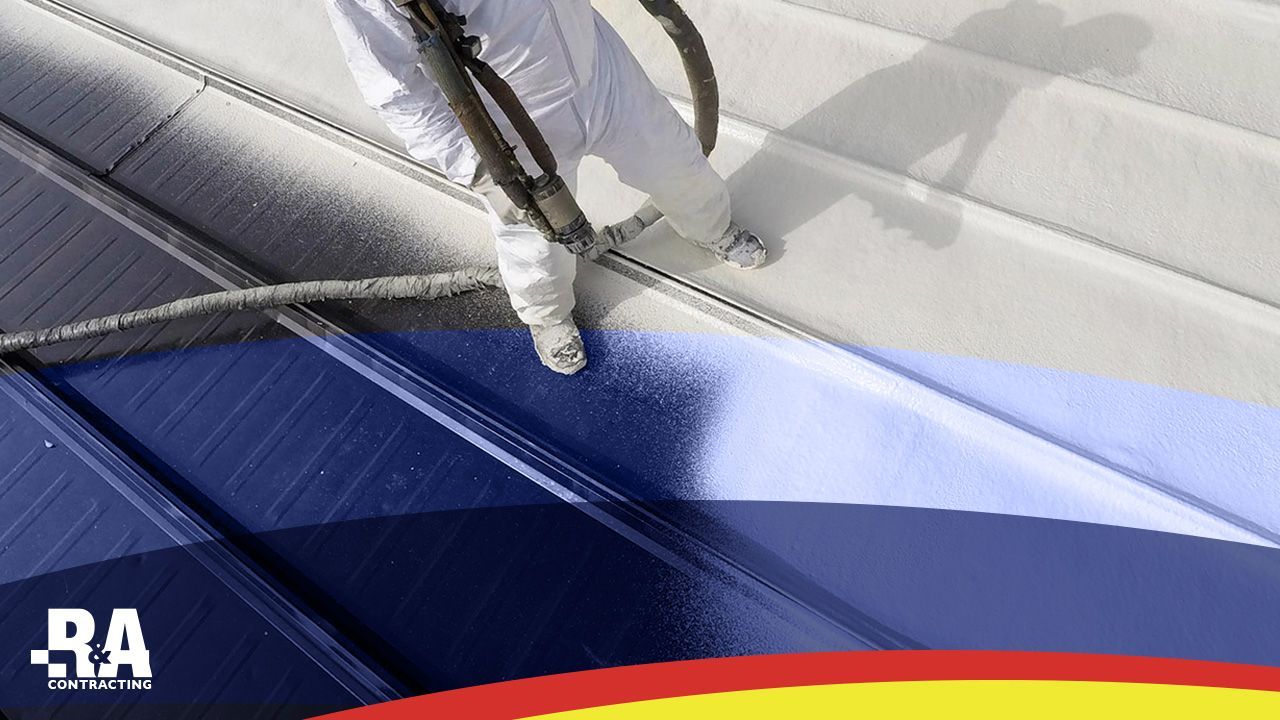
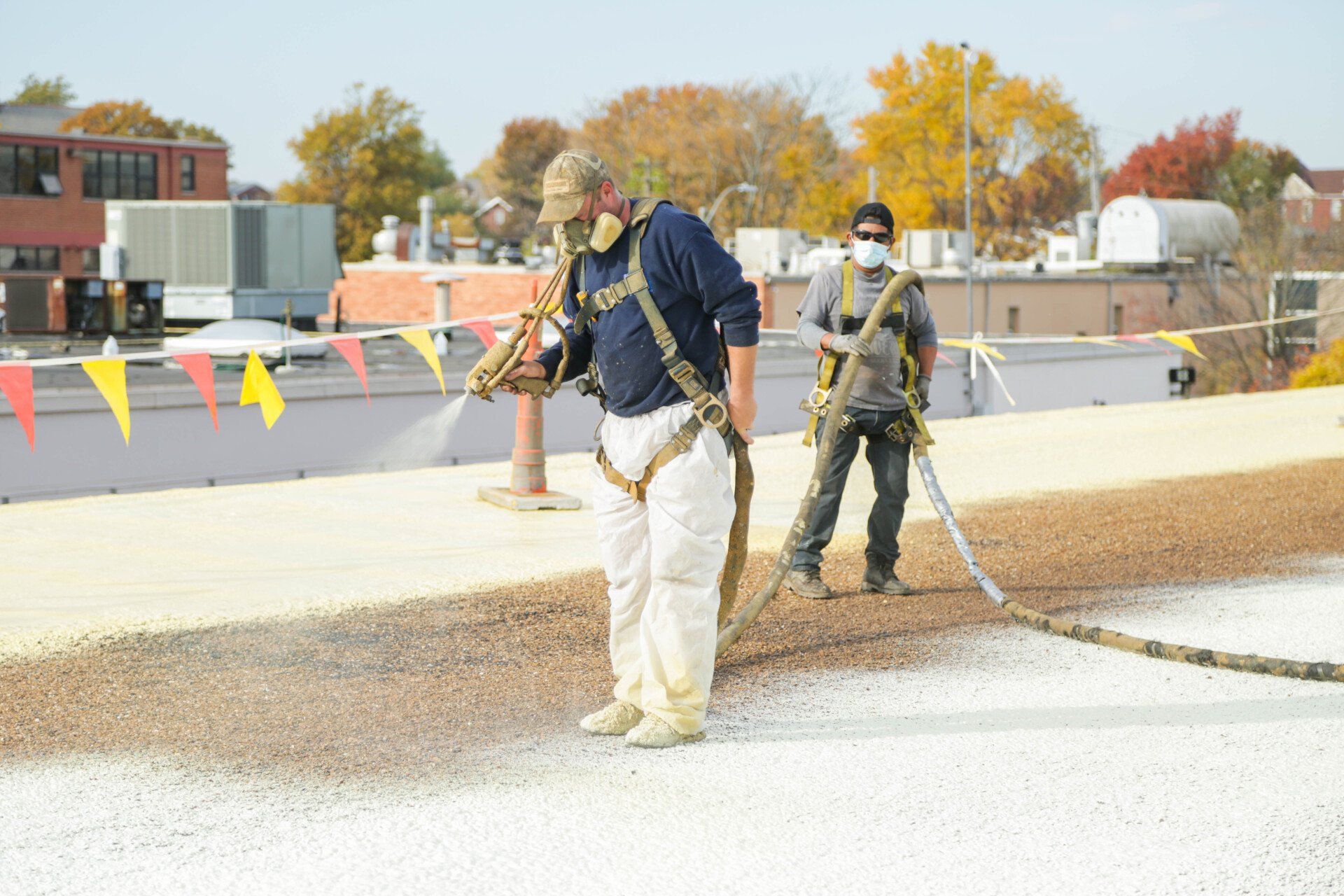

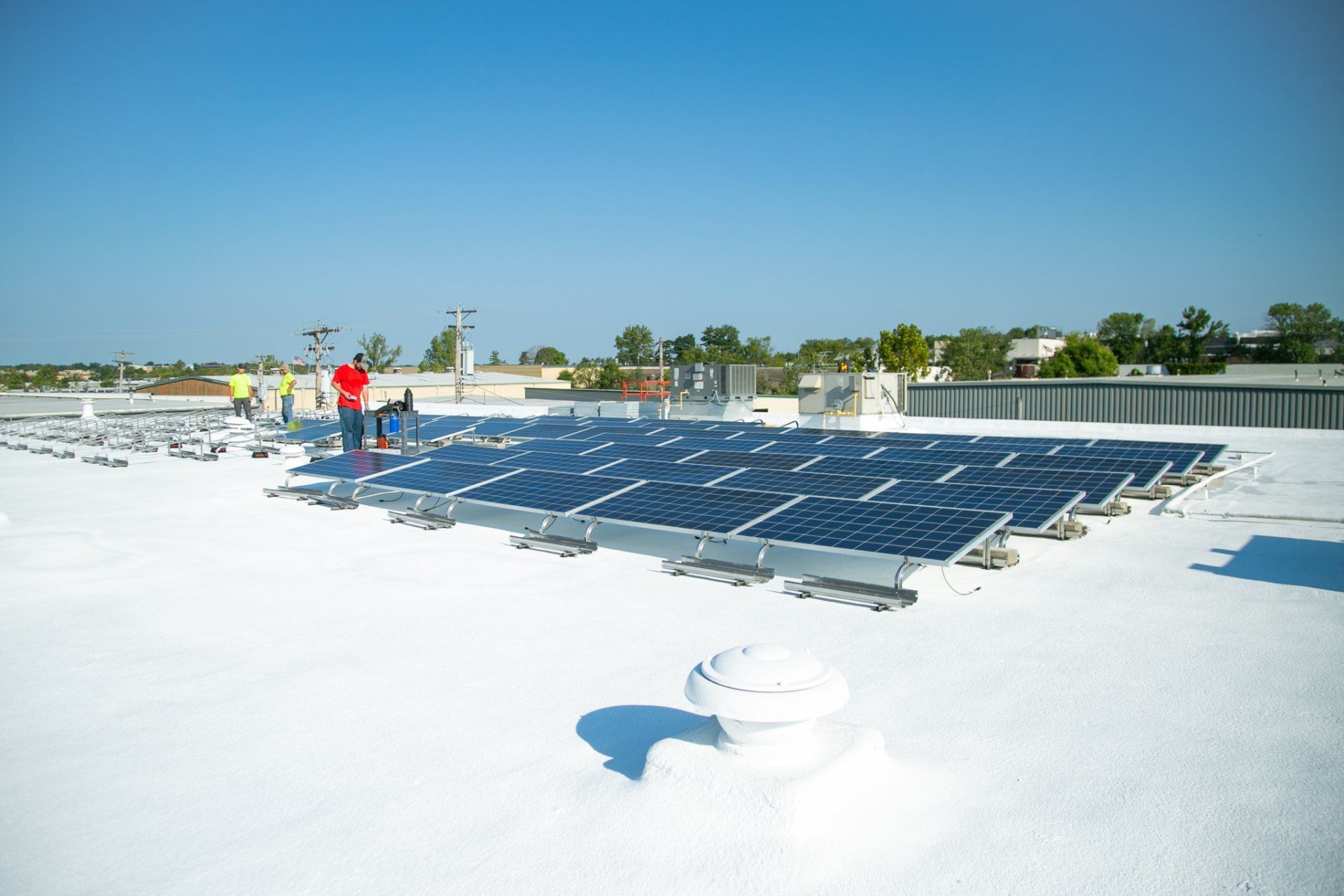
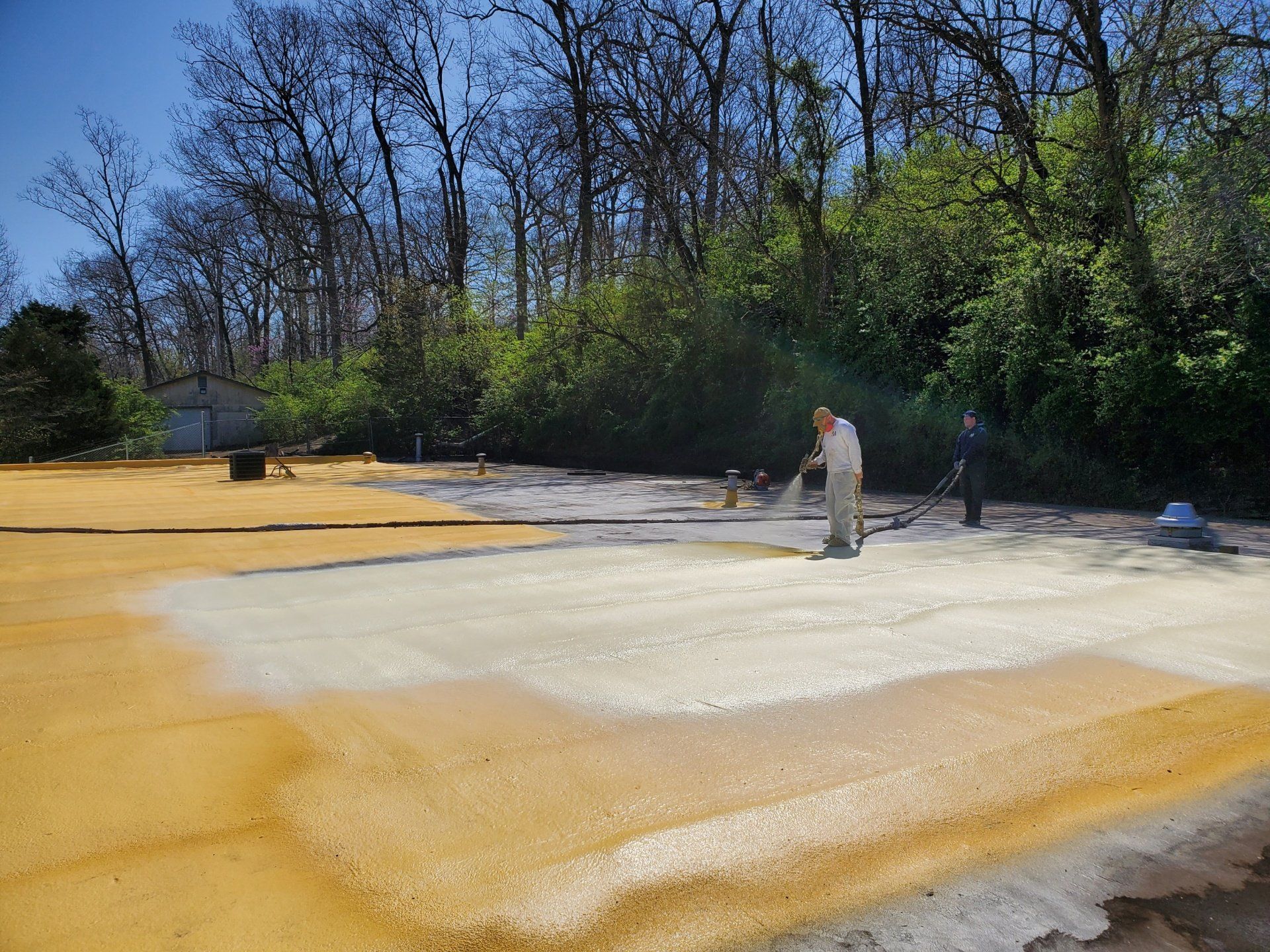
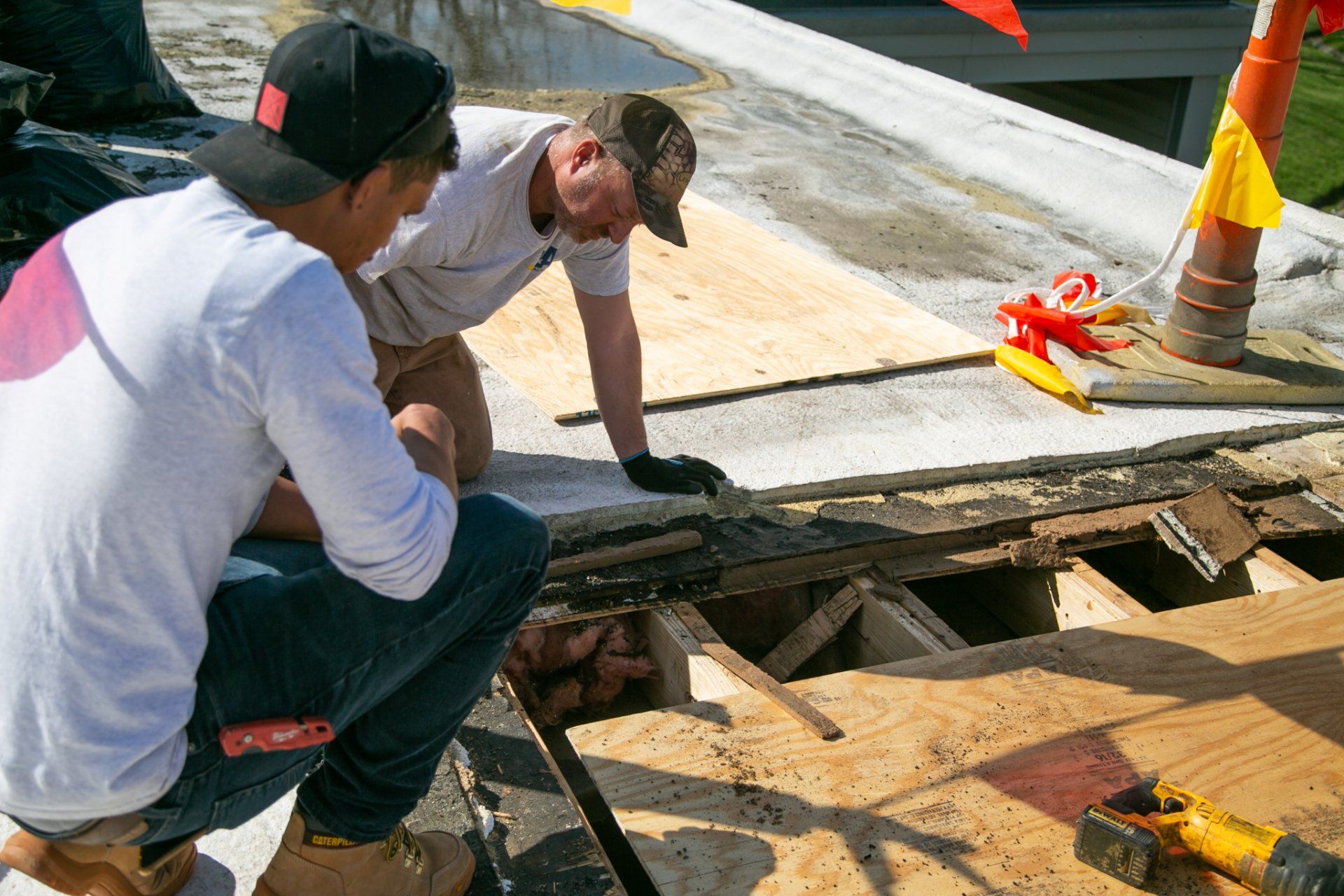
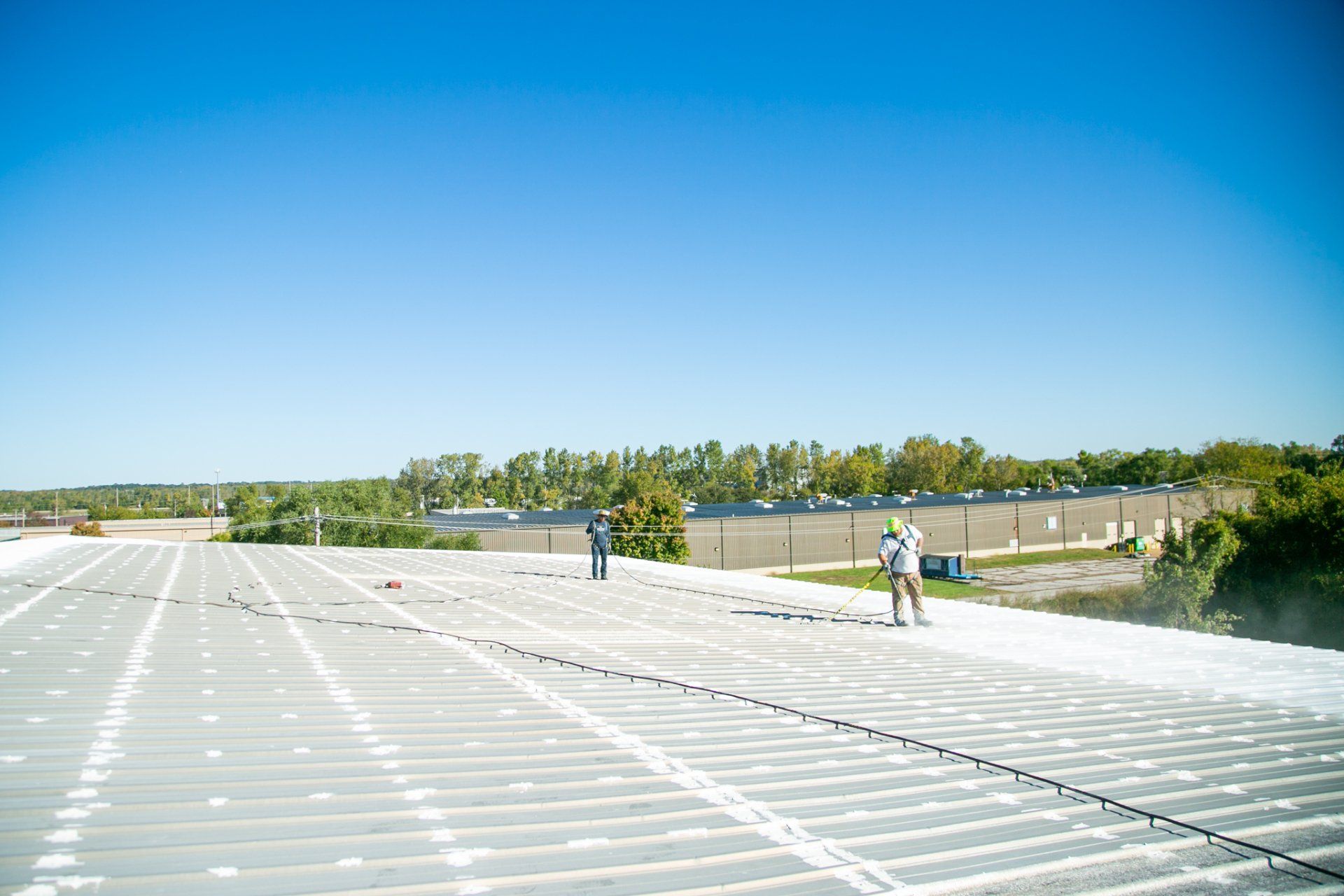
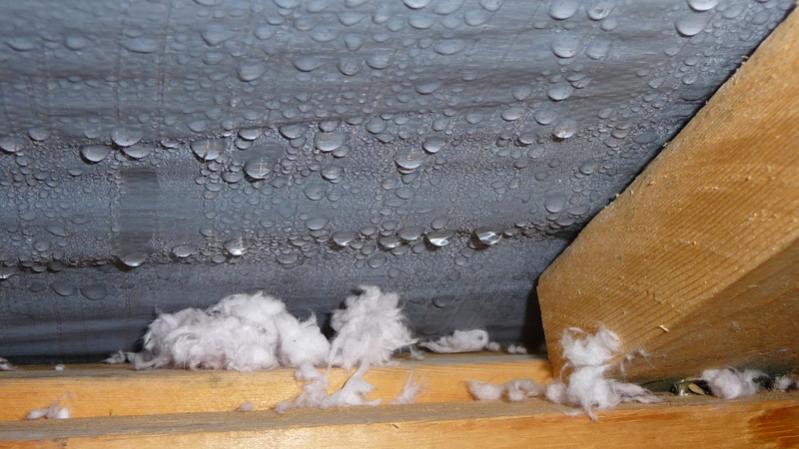
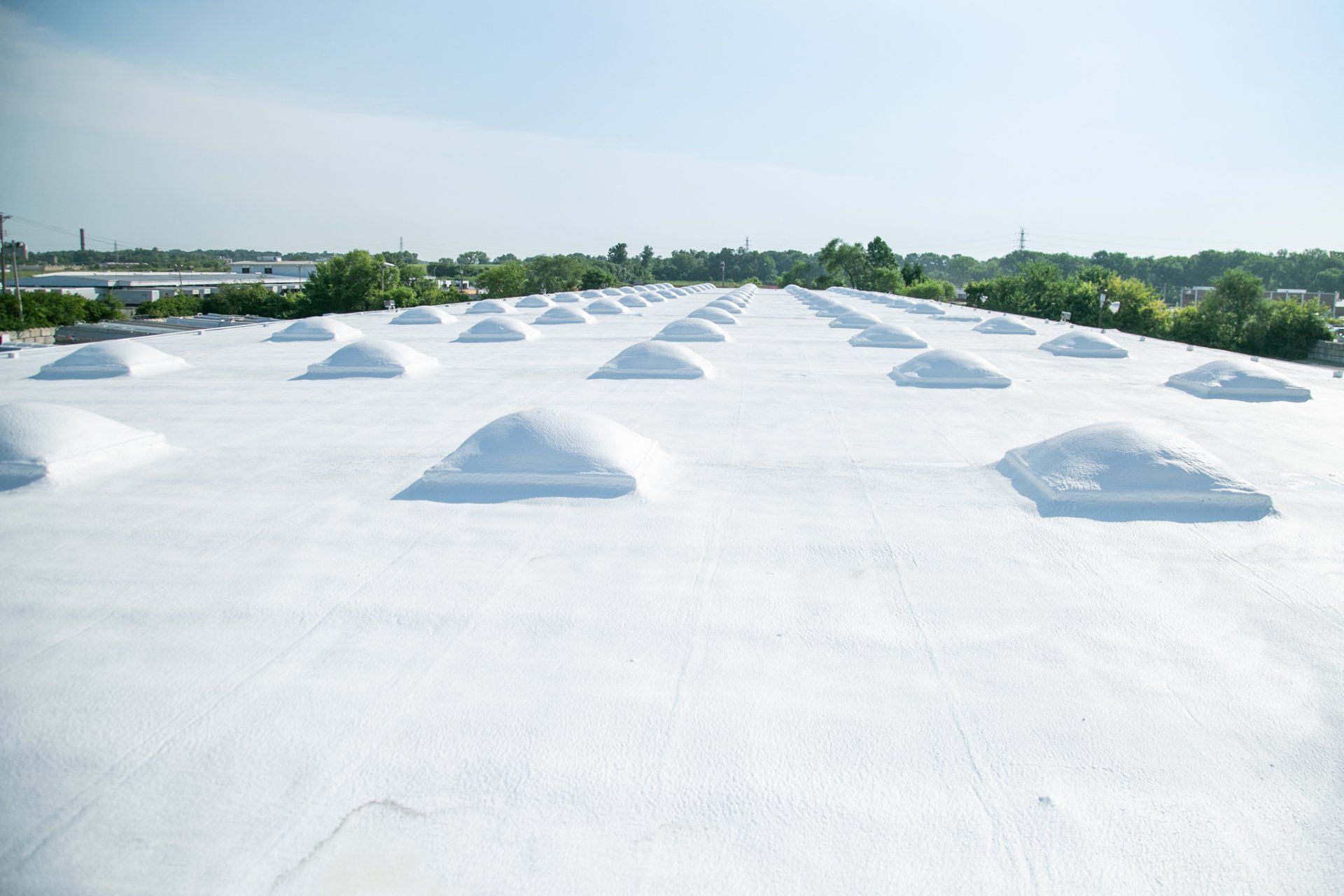
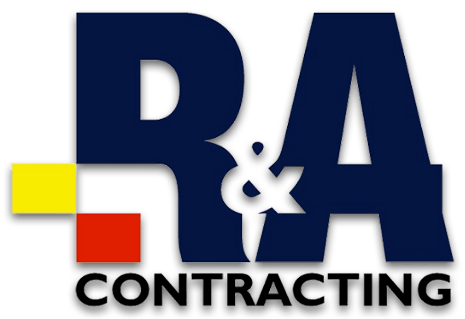
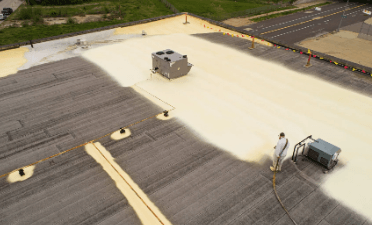
Share On: